When it comes to Facebook ads bidding, marketers have two options: to use automatic bidding or manually set a custom bid.
This leaves marketers wondering whether they should set a manual bid or let Facebook decide what’s the optimal cost-per-action.
To date, there has been no case study on whether you’ll get cheaper results when using automatic bids or manual bids. And here in AdEpsresso, we don’t like to see the questions about Facebook advertising remain unanswered.
That’s why we set up a Facebook ads experiment to see which one brings better results: automatic bidding or manual bidding.
Hypothesis and Experiment Set Up
Facebook has said that even if you place a high manual bid, you will only be charged as much as is needed to win the bidding auction.
In theory, even if you bid $15 per ad click, if you need to spend $2 to win the ad auction, Facebook will only charge you $2.
However, we were a bit skeptical about this.
We hypothesized that using an automatic bid would deliver lower cost-per-results compared to a high manual bid.
Were we right or way too skeptical? Read on to find out!
Campaign Set Up
Following a hunch, we set up two Facebook ad campaigns promoting a downloadable report on Facebook Ads Cost Benchmarks in 2016.
We created two 3-week Facebook ad campaigns using AdEspresso to see which bidding method results in the highest advertising ROI.
To keep our experiment results from becoming skewed, we only tested the bidding method and kept all the other campaign element (ad copy, images, audiences) unchanged.
Here’s what our Facebook ad looked like:
To set up the campaigns, we used the best Facebook ads tool in the world – AdEspresso. It made the campaign tracking and reporting incredibly simple.
The ad campaign with the automatic bid remained unchanged throughout the campaign. However, we made some weekly edits to the second campaign’s bids that led to some fascinating discoveries.
Budget
Both campaigns had the daily budget of $40 and ran for three weeks, the total experiment budget being around $2,000.
Bidding
Bidding methods were THE most important part of this Facebook ads experiment.
We optimized our ad delivery for offline conversions (eBook download) and set one campaign’s bidding manually while leaving the other campaign’s bids automated.
Here’s how the automated bidding set up looked like:
For the second campaign, we set the custom bid that we changed every week:
- Week 1: The lowest custom bid set to what we ideally wanted to pay for an eBook download: $1.50
- Week 2: The custom bid 10x higher than the previous week custom bid: $15.00
- Week 3: The custom bid changed to match the CPAs of the automatic bid campaign: $3.50
We were most interested in seeing how the change in custom bids would affect the cost-per-result and ad delivery. The campaign using automatic bids served as a benchmark to measure against.
Placement
Our Facebook ads were displayed across three placements: Facebook Desktop Newsfeed, Mobile News Feed, and the Right-hand Column.
Audience
As our advertising goal was to get new leads by getting people to download our eBook, we targeted a wide interest-based audience.
We created a Facebook Saved Audience of millions of people to let Facebook work its auto-optimization magic to bring us most conversions.
We figured that people interested in marketing would also be interested in our Facebook Ads Cost report.
Naturally, we excluded the Custom Audiences of people who were already our leads or customers.
As mentioned before, we used a single audience variation for both campaigns and resisted testing other ad elements such as audience interests or ad placement.
The results:
We won’t keep you waiting any longer. Here’s what we found!
By changing the custom bid weekly, we discovered that our Facebook ad bids had a huge effect on the ad results (and costs).
We changed the bids following this pattern:
- Week 1: The lowest custom bid suggested by Facebook: $1.50
- Week 2: The custom bid 10x higher than the previous week custom bid: $15.00
- Week 3: The custom bid changed to match the CPAs of the automatic bid campaign: $3.50
Here’s the timeline of our first campaign using the automatic bid where Facebook chooses what to spend.
If you count out the irregularity around June 19 (we’re still unsure what exactly happened -it happened in both campaigns at the same time), the cost-per-click and cost-per-conversion remained stable throughout the campaign.
However, things got interesting when analyzing the custom bid campaign, where we chose what to spend manually.
Take a look at the campaign report of our Facebook campaign with custom bids:
Changing the manual bid had a great effect both on cost-per-click and cost-per-conversion.
Here’s a more in-depth overview of our findings:
Spend and Total Conversions:
CPC and CPA:
As you can see, the average cost-per-conversion on week 1 and week 2 was a bit lower for the ad campaign with a custom bid, however, there’s a key caveat to Week 1. Facebook only spent 4% of the budget allotted to it when we tried to “low ball” our bids to the price we truly wanted to pay for the custom bid campaign!
However, of equal surprise, when we told Facebook they could spend up to 15 dollars per conversion (10X what we *wanted* to pay) – we actually got CHEAPER conversions than the automatic bid campaign!
In total, the ad campaign with automatic bids delivered 321 conversions for $1,110 (avg. CPA $3.46) while the custom bids campaign resulted in 179 conversions for $724 (avg. CPA $4.05).
When comparing the average costs per campaign, the Facebook ads campaign using automatic bidding outperformed the manual bids by 15% – but when looking at just the week of 10X custom bids, the custom bid campaign outperformed the automatic campaign by 16%.
However, using the automatic bidding guaranteed a stable ad delivery.
TL;DR
If the analysis was a bit too complex, here are all the key takeaways of our Facebook ads bidding experiment:
- Don’t try to “low ball” and use a low manual bid. While it results in a lower CPC and CPA compared to automatic bid, you’ll get very few conversions as delivery is often severely restricted as Facebook will only deliver your ads to a very small audience (those that would convert at the cost you set).
- “Overly” high custom bids might actually get you more success – it guarantees that Facebook will deliver your ads to many people – sometimes with a higher CPC and CPA compared to automatic bids or sometimes (in our experiment) with a surprisingly lower CPA. At the very least, it seems you are guaranteed more conversions when bidding much higher than what you’d actually want to pay – it seems Facebook doesn’t go anywhere near your bid amount. Our “biggest” week we bid 15 dollars for a CPA, but our actual average CPA for that week was only $3.80.
In conclusion, we can say this:
If you’re unsure of which bidding method to use, selecting the automatic bid is the smartest choice – Facebook’s auto-optimization algorithms are really good at their jobs. 😉
If you’d like to test this out yourself, try a custom campaign and “10X”ing your bids! We can’t guarantee it will work as good as it worked out for us though – watch your CPA to make sure it doesn’t go too high!
We were positively surprised to see that the high manual bid did not make us lose tons of money. Instead, it helped us accelerate our ad delivery and get more conversions at a cheaper price than when using the automatic bids.

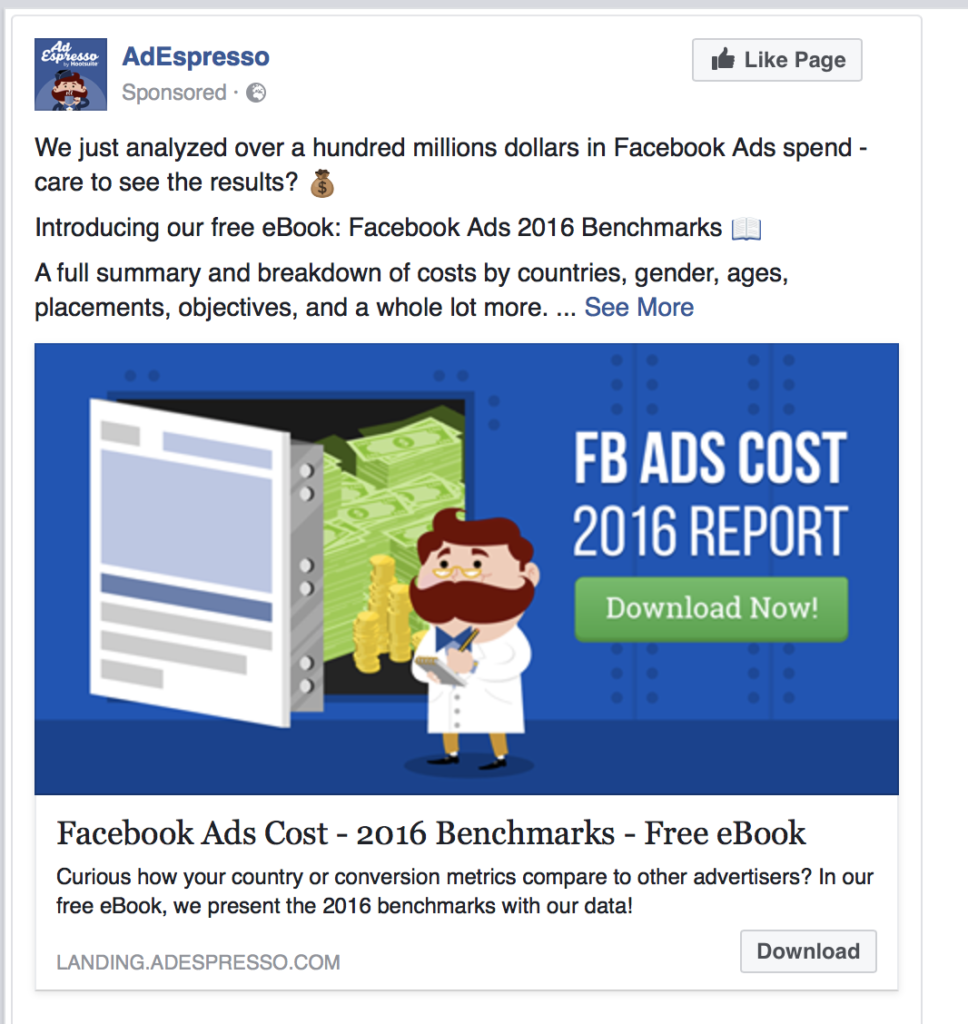
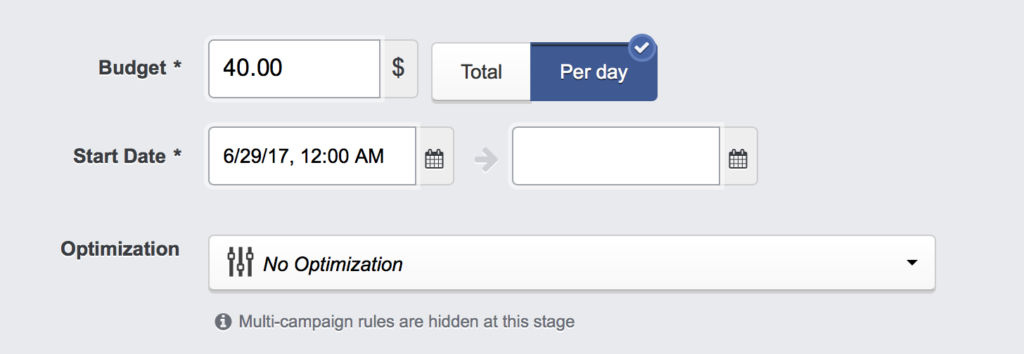
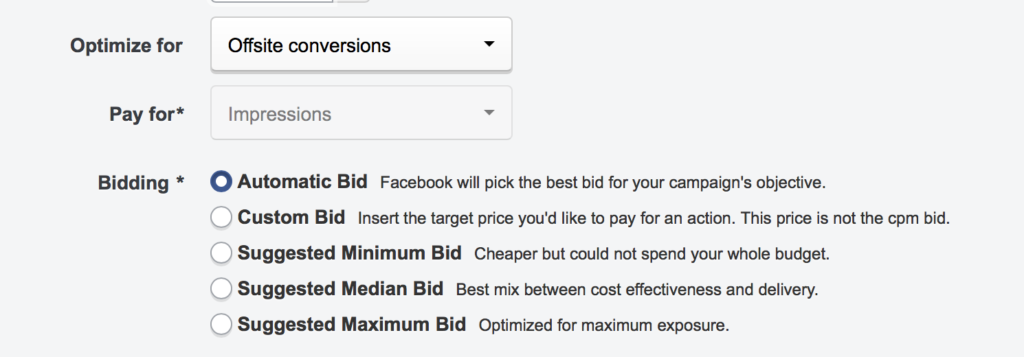

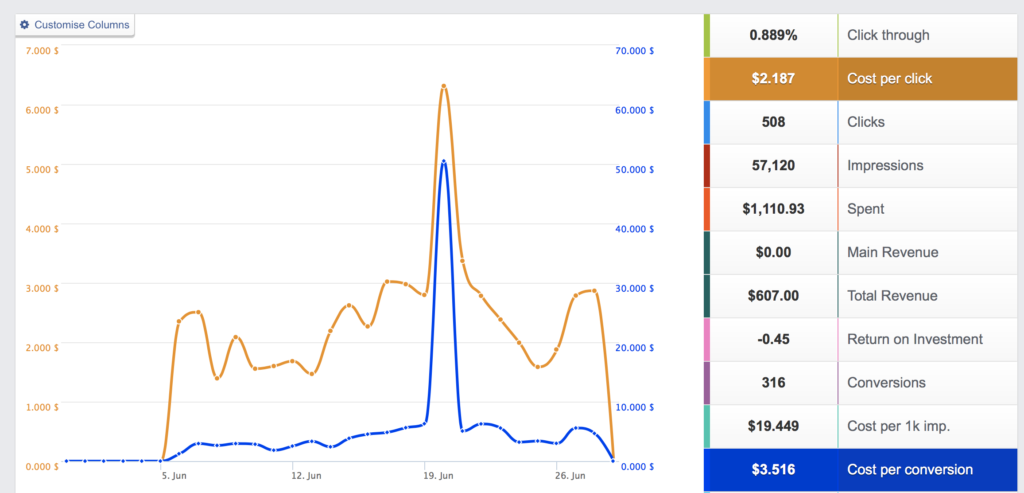
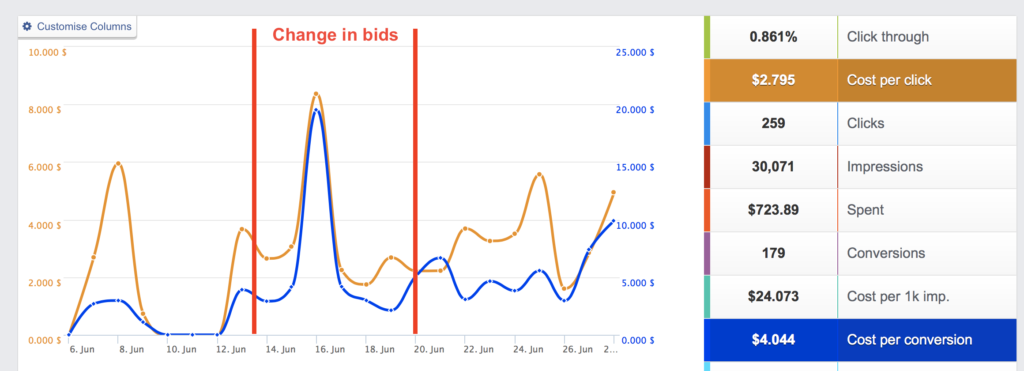


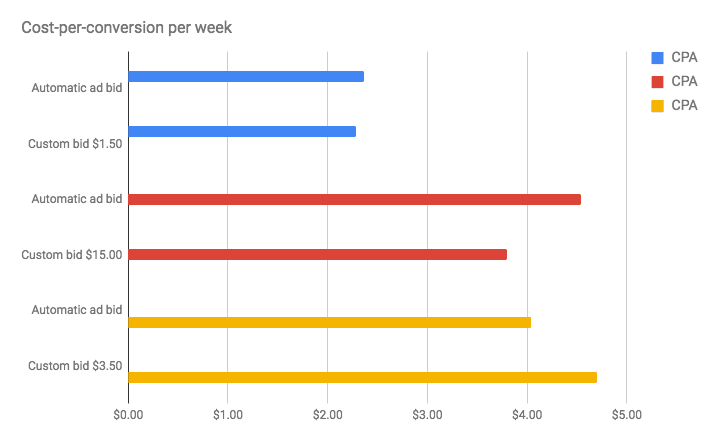
nice information shared but i have a question that How can i get the best result with ad bidding when i target the same audience as my competitors target
Hey Gemma,
I would suggest that you use automatic bidding and aim to create highly relevant ads that resonate with your audience. This way, you’ll get a high relevance score and your ads will get shown to your target audience above all others.
Hope this helps! 🙌
Karola
Were you using 2 ads sets with the same audience in each?
Exactly! This is the point in this test I guess… you were bidding against yourselves with 2 campaigns targeting exactly the same audience. Not relevant at all. 2000$ for nothing… (at least they get organic results)
Over longer periods of time, do you see a trend where CPA increases for both manual and auto bidding?
Hey Guys, good test and article. Unfortunately your test is not as accurate as it should be.
You didn’t consider that when you change a Manual Bid value, the Facebook Algorithm for this particular Ad Set restarts and need few days to gather data and optimize itself again.
In other words, each week you have restarted the Manual Bid ad, unlike the Automatic Bid ad, which is getting more and more optimized with time.
If you want your test to be more accurate, you have to stop and duplicate both Ad Sets, make the changes and then activate them again.
Nope, changing the bid value won’t reset the adset optimization.
Wouldn’t the spike in the auto bid campaign be a result of changing the manual bid? If you are targeting the same audience with both campaigns you are basically competing against yourself in bids so the auto bid would have to increase to compete with the manual bid of $15.
Great article. I really love what you guys do.
One point/question… if you look at the jump in CPA and CPC in the automatic bidding ad from week 1 to week 2, it supports what I always see in my campaigns, a “low-hanging fruit” effect.
So I think that when you upped the manual bidding, to spend more, you picked up more of the low-hanging fruit which the manual bid missed out on in week one.
If you had ran the high manual bid in week 1 you may have reached a different conclusion.
What countries did you run?
Very interesting,
Which countries did it run?
What what the US % VS ROW?
Don’t you think that budget settings could have influenced the delivery? Better be 1000USD per day with an autorule that stops the campaign when total spends reach acceptable for you amount.
And why did the week 2 manual-bid campaign spend so much at $40 daily budget?
Anyway, great insights! Thank you!
So part of this test occurred during the ‘learning phase’ (when, according to FB there are “more fluctuations in results”) and part occurred after the learning period. Might that have skewed the results? Love to see a test where the bid changes are made only starting in week 2 or 3. Thanks
Great post, thanks for writing!
Our agency gets this question a lot, so I wanted to offer my $0.02:
Bidding style can have a profound impact on driving conversions, and unfortunately, a lot of companies do it wrong.
Like many digital advertising considerations, the bid strategy you pick depends considerably on your company’s budget. For small levels of spend, automatic bidding can be the best route. However, our experience and Facebook’s recommended best practices strongly suggest that when your budget exceeds a certain level, manual is the best option.
Generally, to get the best performance from manual bidding, your daily budget should be 25X the bid you have set.
Anyway, we blogged about this in detail if you want to learn more: https://bit.ly/2L4XZPa
Hope that helps!
Hi.
Thanks for sharing those valuable insights. Learned Alot.
I am usually not a Comment guy but couldn’t hold myself after reading this awesome information to appreciate your efforts : )
Thanks again!
Ahsan
Hi,
Thank you for the valuable information.
Can you write one article about conversion clicks
thank you